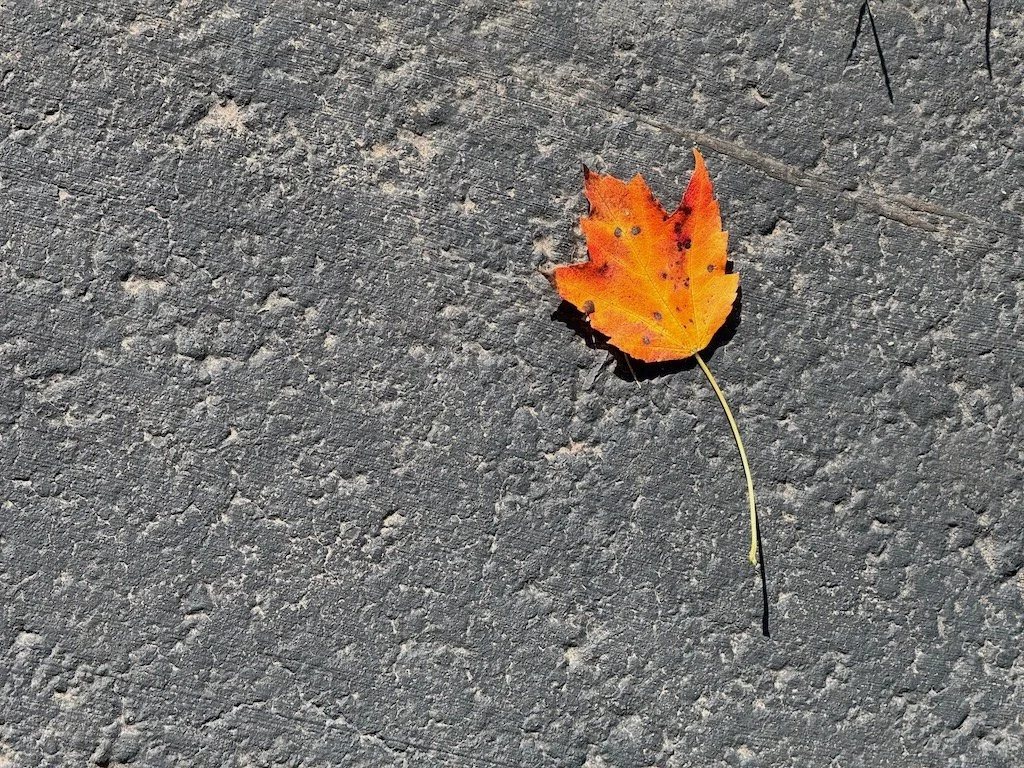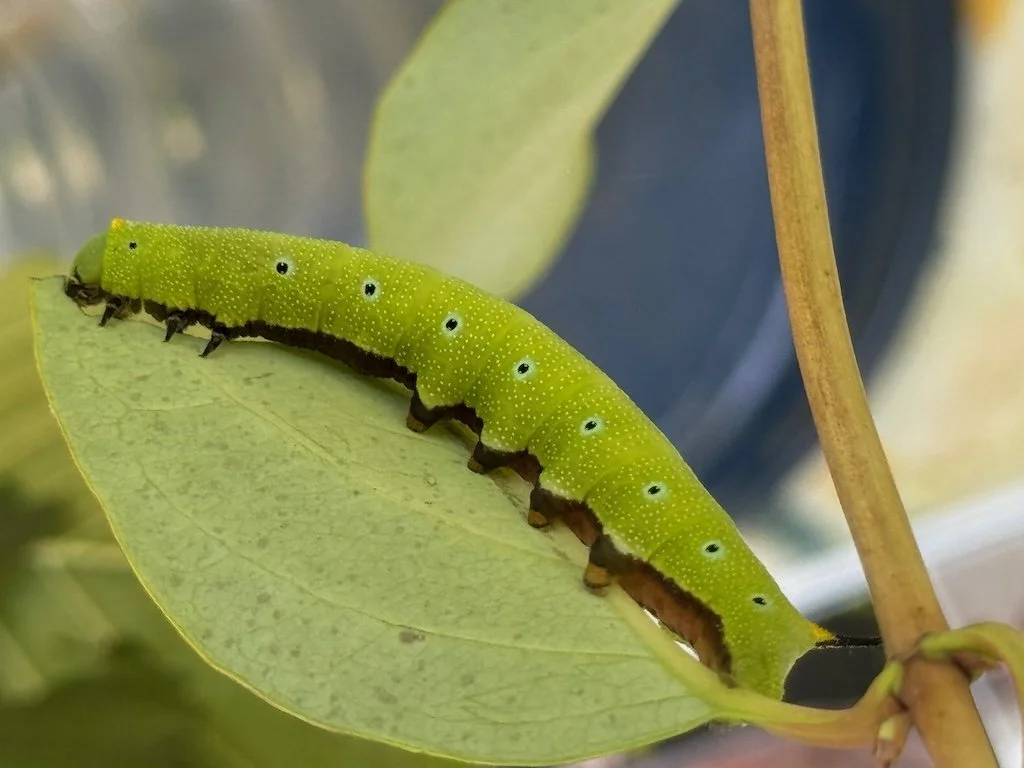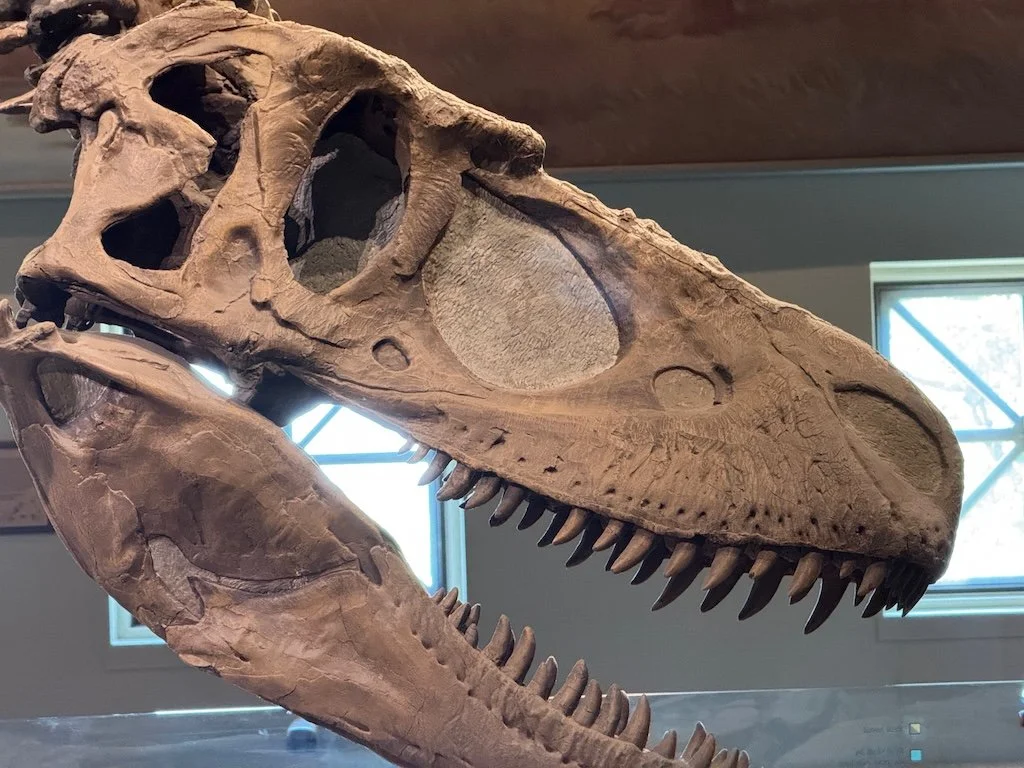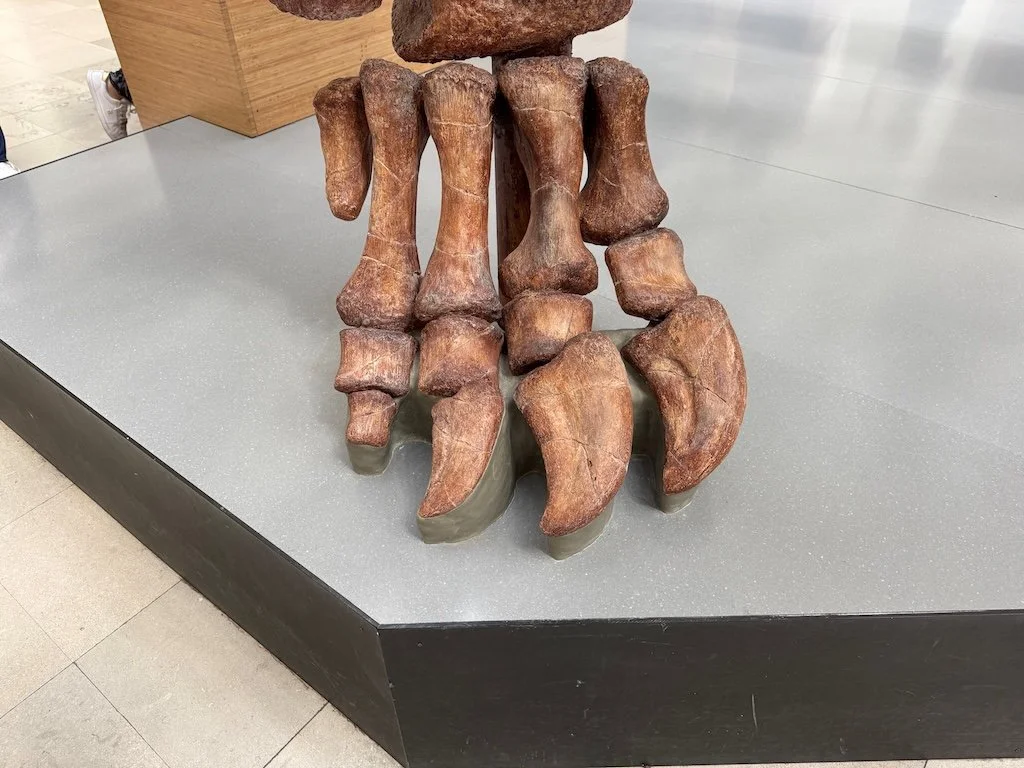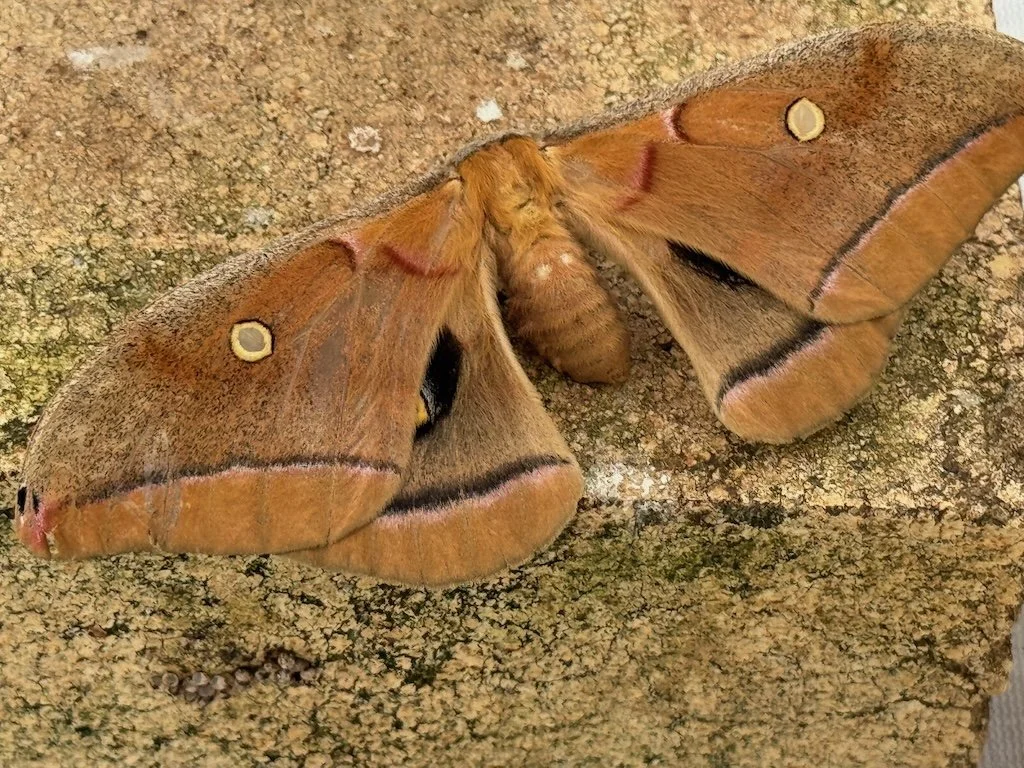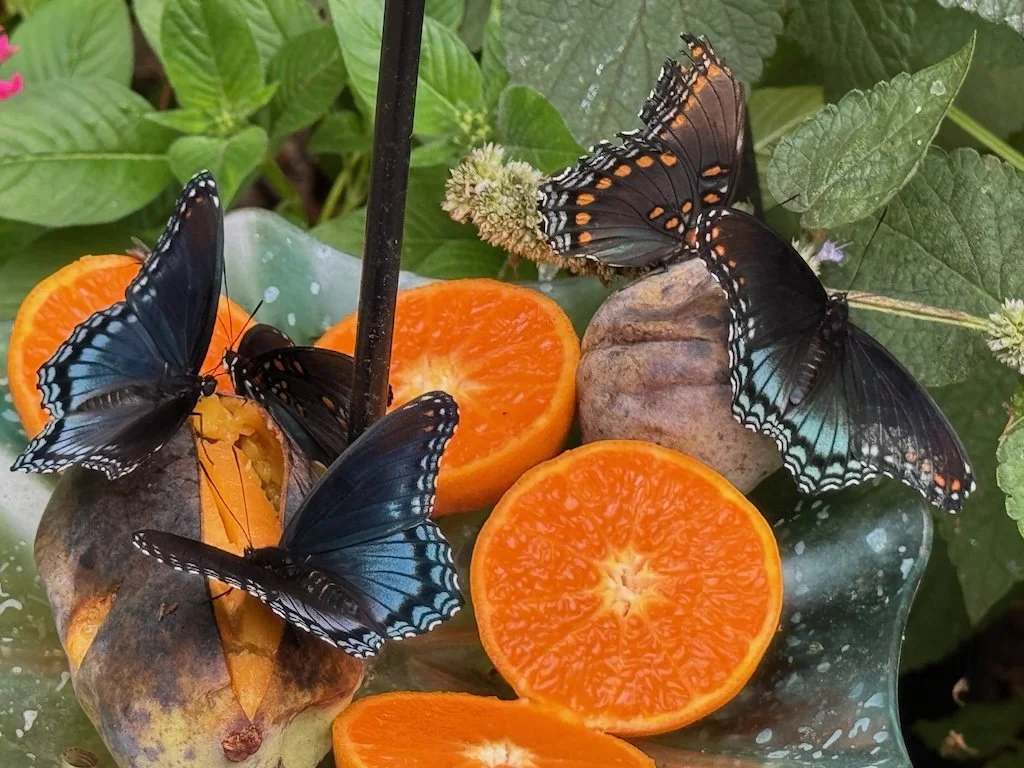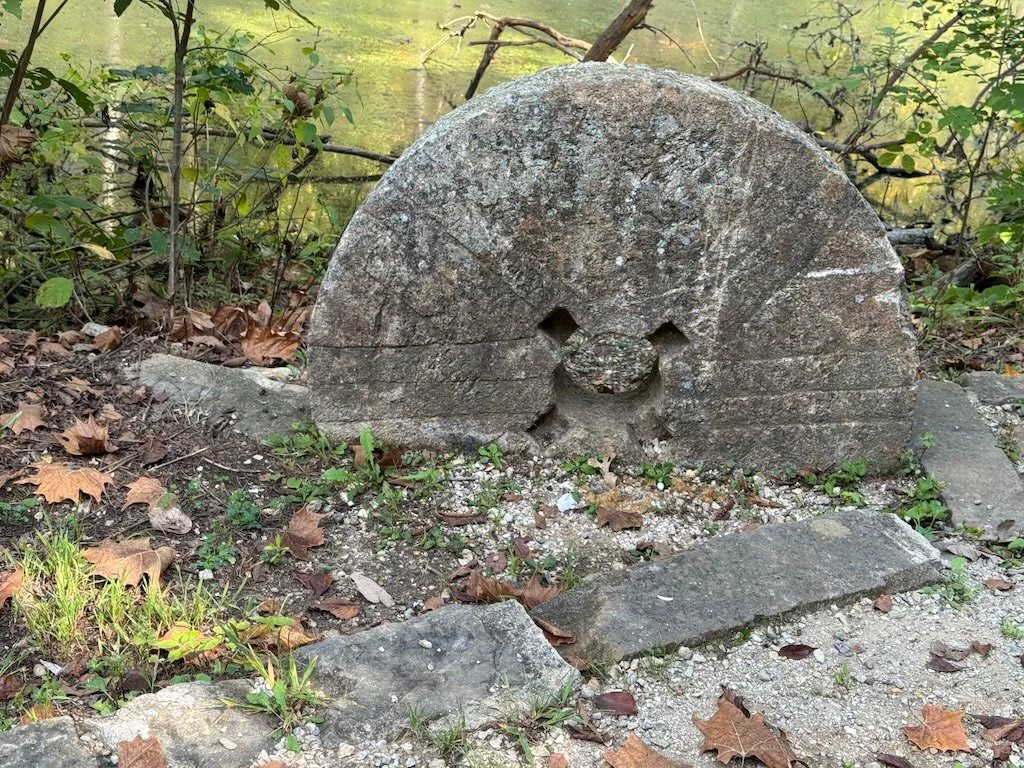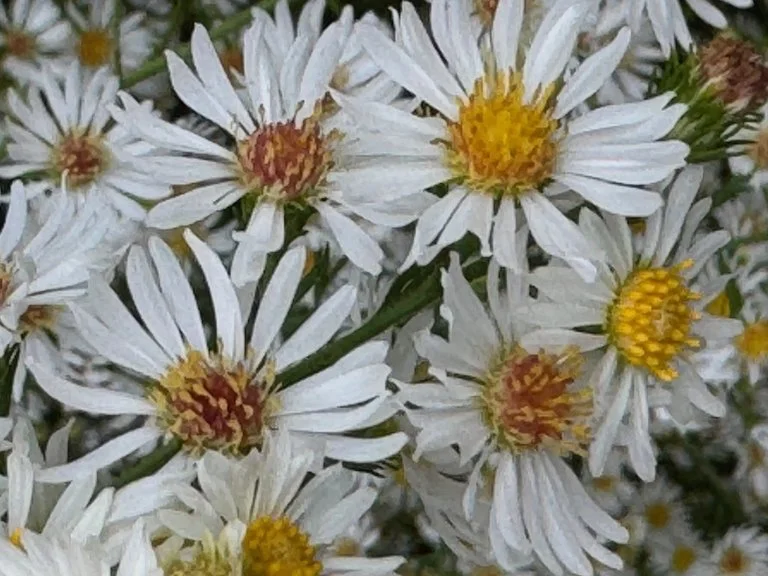Moths at Busiek (vicarious)
/My son-in-law took some of his students to Busiek State Fores and Wildlife Area after dark earlier this month and sent pictures of moths (and other insects) they found there. It was a great vicarious experience!
It was an opportunity for me to check the bug identification powers of my iPhone Photos app as well. It provided an id for most of them: Waved Sphinx, Elephant Beetle (obviously not correct…it should have left this one as ‘bug’, the app might have been confused with having two insects in close proximity in the image), Darapsa Myron (Virginia creeper sphinx or Green grapevine sphinx).
Prionoxystus robinae (Carpenterworm moth or Locust borer), Haploa, Cicindela (tiger beetle).
Conchylodes ovulalis (zebra conchylodes moth), Hypagyrtis unipunctata, mating Malacosoma americana (eastern tent caterpillar).
There were a couple of Luna Moths – these are ones I am familiar with and can identify without help!
The comments in parentheses above are from my attempt to verify the id made by my iPhone Photos app. It made a reasonable id except for the one image where there were two insects which the app couldn’t separate well.
There were three that the app identified as ‘bug.’ I used the SEEK app and a little more research to tentatively identify: grape leaffholder moth and two Anna tiger moths.





























